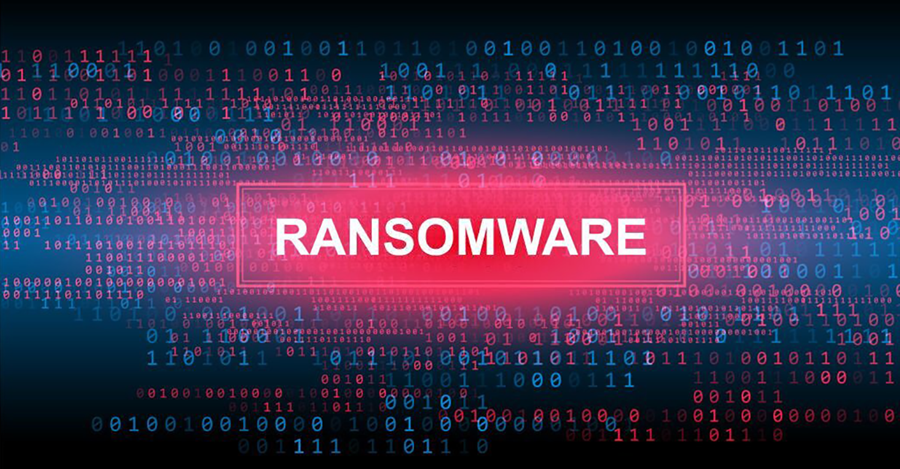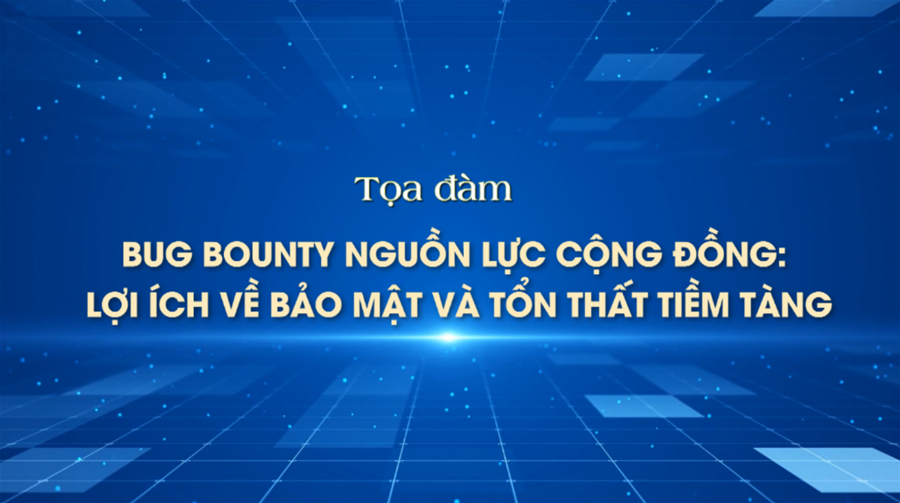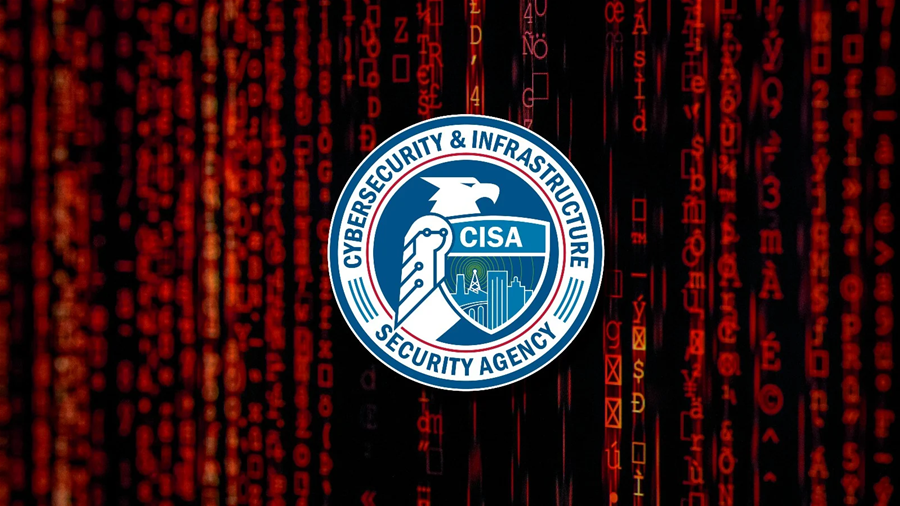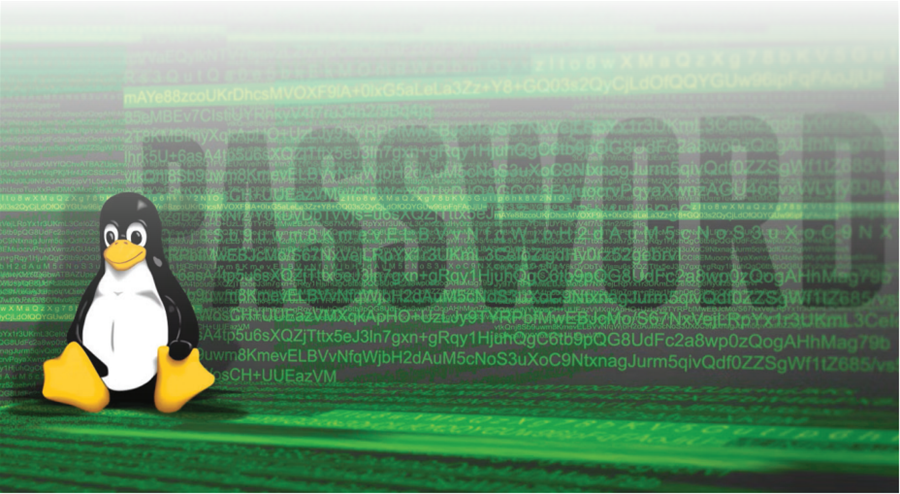Decode-and-Forward vs. Amplify-and-Forward Scheme in Physical Layer Security for Wireless Relay Beamforming Networks
Tóm tắt - Việc bảo mật truyền thông vô tuyến từ nơi gửi đến nơi nhận thường sử dụng các thuật toán mật mã để mã hóa dữ liệu tại các tầng phía trên trong mô hình phân lớp. Một xu hướng khác đang được quan tâm rộng rãi là bảo mật tầng vật lý dựa trên kỹ thuật truyền tin beamforming và kỹ thuật tương tác fading kênh chủ động. Xu hướng này hiện đang được thu hút cả trong giới công nghiệp và nghiên cứu. Đóng góp của bài báo này là làm rõ khả năng bảo mật tầng vật lý và so sánh chúng với phương pháp bảo mật dùng kỹ thuật mật mã truyền thống. Bài báo cũng so sánh hai kỹ thuật chuyển tiếp được sử dụng chính trong bảo mật tầng vật lý cho mạng vô tuyến chuyển tiếp là Amplify-and- Forward và Decode-and-Forward.
|
REFERENCE [1]. C. E. Shannon, “Communication theory of secrecy systems,” Bell Syst. Tech. J., vol. 28, no. 4, pp. 656–715, Oct. 1949, [2]. G. de Meulenaer, F. Gosset, F.-X. Standaert, and O. Pereira, “On the Energy Cost of Communication and Cryptography in Wireless Sensor Networks,” in 2008 IEEE International Conference on Wireless and Mobile Computing, Networking and Communications, 2008, pp. 580–585, doi: 10.1109/WiMob.2008.16. [3]. D. Wang, B. Bai, W. Zhao, and Z. Han, “A Survey of Optimization Approaches for Wireless Physical Layer Security,” ArXiv190107955 Cs Math, Jan. 2019. [4]. A. D. Wyner, “The Wire-Tap Channel,” Bell Syst. Tech. J., vol. 54, no. 8, pp. 1355–1387, Oct. 1975, doi: 10.1002/j.1538-7305.1975.tb02040.x. [5]. I. Csiszar and J. Korner, “Broadcast channels with confidential messages,” IEEE Trans. Inf. Theory, vol. 24, no. 3, pp. 339–348, May 1978. [6]. F. Jameel, S. Wyne, G. Kaddoum, and T. Q. Duong, “A Comprehensive Survey on Cooperative Relaying and Jamming Strategies for Physical Layer Security,” IEEE Commun. Surv. Tutor., vol.21, no. 3, pp. 2734–2771, 2019, doi: 10.1109/COMST.2018.2865607. [7]. Tạp chí An toàn thông tin, “Bảo mật dữ liệu tầng vật lý trong mạng truyền tin không dây: Những ý tưởng đầu tiên và hướng nghiên cứu hiện nay”, http://antoanthongtin.gov.vn/gp-atm/chi-tiet-baiviet-cua-101779. [Accessed: 15-Feb-2020]. [8]. X. Chen, D. W. K. Ng, W. H. Gerstacker, and H.-H. Chen, “A Survey on Multiple-Antenna Techniques for Physical Layer Security,” IEEE Commun. Surv. Tutor., vol. 19, no. 2, pp. 1027–1053, Secondquarter 2017. [9]. L. Dong, Z. Han, A. P. Petropulu, and H. V. Poor, “Improving Wireless Physical Layer Security via Cooperating Relays,” IEEE Trans. Signal Process., vol. 58, no. 3, pp. 1875–1888, Mar. 2010, doi: 10.1109/TSP.2009.2038412. [10]. Y.-W. P. Hong, P.-C. Lan, and C.-C. J. Kuo, “Enhancing Physical-Layer Secrecy in Multiantenna Wireless Systems: An Overview of Signal Processing Approaches,” IEEE Signal Process. Mag., vol. 30, no. 5, pp. 29–40, Sep.2013, doi: 10.1109/MSP.2013.2256953. [11]. A. Mukherjee, S. A. A. Fakoorian, J. Huang, and A. L. Swindlehurst, “Principles of Physical Layer Security in Multiuser Wireless Networks: A Survey,” IEEE Commun. Surv. Tutor., vol. 16, no.3, pp. 1550–1573, 2014. [12]. H.-M. Wang and X.-G. Xia, “Enhancing wireless secrecy via cooperation: signal design and optimization,” IEEE Commun. Mag., vol. 53, no.12, pp. 47–53, Dec. 2015, doi: 10.1109/MCOM.2015.7355565. [13]. O. G. Aliu, A. Imran, M. A. Imran, and B. Evans, “A Survey of Self Organisation in Future Cellular Networks,” IEEE Commun. Surv. Tutor., vol. 15, no. 1, pp. 336–361, First 2013. [14]. F. I. Kandah, O. Nichols, and Li Yang, “Efficient key management for Big Data gathering in dynamic sensor networks,” in 2017 International Conference on Computing, Networking and Communications (ICNC), 2017, pp. 667–671, doi: 10.1109/ICCNC.2017.7876209. [15]. Physical Layer Security: Bounds, Codes and Protocols (João Barros) - Part 2 (SPCodingSchool). [16]. N. N. Tuan and D. V. Son, “DC Programming and DCA for Enhancing Physical Layer Security in Amplify-and-Forward Relay Beamforming Networks Based on the SNR Approach,” in Advanced Computational Methods for Knowledge Engineering, vol. 629, N.-T. Le, T. van Do, N. T. Nguyen, and H. A. L. Thi, Eds. Cham: Springer International Publishing, 2018, pp. 23–33. [17]. S. Sarma, S. Agnihotri, and J. Kuri, “Secure Communication in Amplify-and-Forward Networks with Multiple Eavesdroppers: Decoding with SNR Thresholds,” Wirel. Pers. Commun., vol. 85, no. 4, pp. 1945–1956, Dec. 2015. [18]. N. N. Tuan and T. T. Thuy, “Physical Layer Security Cognitive Decode-and-Forward Relay Beamforming Network with Multiple Eavesdroppers,” in Intelligent Information and Database Systems, vol. 11432, N. T. Nguyen, F. L. Gaol, T.-P. Hong, and B. Trawiński, Eds. Cham: Springer International Publishing, 2019, pp. 254–263. [19]. H. A. Le Thi, V. N. Huynh, and T. P. Dinh, “DC Programming and DCA for General DC Programs,” in Advanced Computational Methods for Knowledge Engineering, Cham, 2014, pp. 15–35, doi: 10.1007/978-3-319-06569-4_2. |
Thông tin trích dẫn: M.Sc Nhu Tuan Nguyen, “Decode-and-Forward vs. Amplify-and-Forward Scheme in Physical Layer Security for Wireless Relay Beamforming Networks”, Nghiên cứu khoa học và công nghệ trong lĩnh vực An toàn thông tin, Tạp chí An toàn thông tin, Vol. 10, pp. 9-17, No. 02, 2019.
Nhu Tuan Nguyen





















